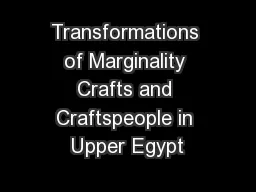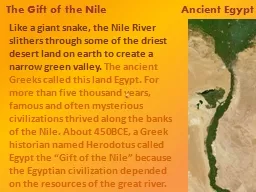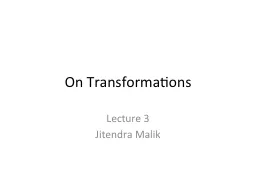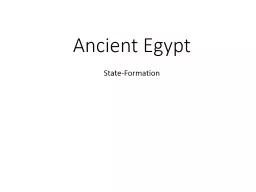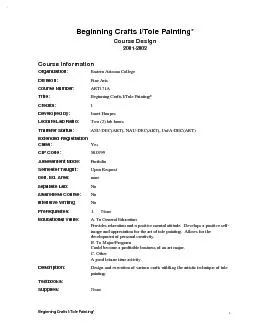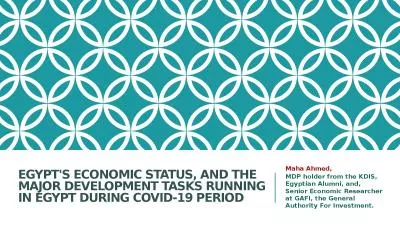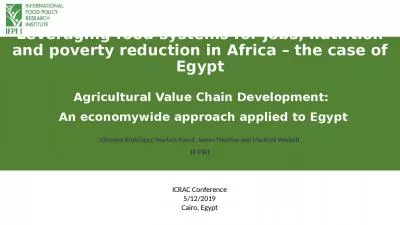PDF-Transformations of Marginality Crafts and Craftspeople in Upper Egypt
Author : tatiana-dople | Published Date : 2017-03-31
1 Final report Presented to the Ford Foundation July 2007 Reem Saad Introduction This report presents the final results of the research study entitled x201CTransformations
Presentation Embed Code
Download Presentation
Download Presentation The PPT/PDF document "Transformations of Marginality Crafts an..." is the property of its rightful owner. Permission is granted to download and print the materials on this website for personal, non-commercial use only, and to display it on your personal computer provided you do not modify the materials and that you retain all copyright notices contained in the materials. By downloading content from our website, you accept the terms of this agreement.
Transformations of Marginality Crafts and Craftspeople in Upper Egypt: Transcript
Download Rules Of Document
"Transformations of Marginality Crafts and Craftspeople in Upper Egypt"The content belongs to its owner. You may download and print it for personal use, without modification, and keep all copyright notices. By downloading, you agree to these terms.
Related Documents

